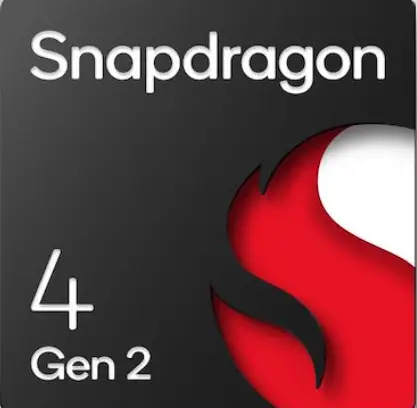Qualcomm Snapdragon 8 Gen 1 vs Qualcomm Snapdragon 4 Gen 2
We’ve conducted a comprehensive side-by-side comparison between the latest
Snapdragon 8 Gen 1 and Snapdragon 4 Gen 2
SoCs, from
Qualcomm and Qualcomm respectively. Our
analysis delves into the performance of these
8-core processors, based on
Geekbench, Antutu, and 3DMark
benchmark results, providing
detailed technical comparisons.
Review
General comparison of performance, power consumption,
and other
indicators
CPU Performance
Evaluation of Single-Core and
Multi-Core Processor Performance
Gaming Performance
Gaming and OpenCL/Vulkan
Performance of the Graphics Processing Unit (GPU)
Battery life
Energy Efficiency in Battery Usage
Tech Insist Score
Overall Performance Rating of the
Chip
Key Differences
Main differences and advantages of each chip
Pros of Snapdragon 8 Gen 1
Pros of Snapdragon 4 Gen 2
Benchmarks
Evaluating performance through competitive testing in
leading benchmarks.
AnTuTu 10
The AnTuTu Benchmark evaluates CPU, GPU, RAM, and I/O
capabilities across various scenarios.
CPU
249768
131871
GPU
448381
163570
Memory
172528
114048
UX
166045
94884
Total score
1036722
504373
GeekBench 6
The GeekBench test shows raw single-threaded and
multithreaded CPU
performance
3DMark
A cross-platform benchmark that assesses graphics
performance in Vulkan
(Metal)
3DMark Wild Life Performance
Stability
88%
-
Graphics test
54 FPS
-
Score
9041
-
Specifications
Full list of technical specifications of Snapdragon 8 Gen 1 and Dimensity
9300
Architecture
1x 3 GHz Cortex-X2,3x 2.5 GHz Cortex-A710
2x 2.2 GHz – Cortex-A78
Cores
8
8
Base Frequency
1800MHz
2000MHz
Turbo Frequency
3000MHz
2200MHz
Instruction set
ARMv9-A
ARMv8.2-A
L2 cache
-
-
L2 cache
1 MB
-
L3 cache
4 MB
-
Process
4 nanometers
4 nanometers
Transistor count
-
-
TDP (Sustained Power Limit)
-
-
GPU name
Adreno 730
Adreno 613
Architecture
Adreno 700
Adreno 600
GPU frequency
800 MHz
955 MHz
Pipelines
3
-
Shading units
768
-
Total shaders
1536
-
FLOPS
-
-
Vulkan version
1.1
1.1
OpenCL version
2
2.0
DirectX version
12
12
Neural processor (NPU)
Hexagon
Yes
Memory type
LPDDR5
LPDDR5
Memory frequency
3200 MHz
3200 MHz
Bus
-
-
Max bandwidth
51.2 Gbit/s
25.6 Gbit/s
Max size
24 GB
-
Storage type
UFS 3.1
UFS 2.2, UFS 3.1
Max display resolution
3840 x 2160
2520 x 1080
Max camera resolution
1x 200MP, 2x 64MP
1x 108MP, 2x 16MP
Video capture
8K at 30FPS, 4K at 120FPS
1K at 60FPS
Video playback
8K at 30FPS, 4K at 120FPS
1080p at 60FPS
Video codecs
H.264, H.265, VP8, VP9
H.264, H.265, VP9
Audio codecs
AAC, AIFF, CAF, MP3, MP4, WAV
AAC, AIFF, CAF, MP3, MP4, WAV
Modem
Snapdragon X65
Snapdragon X61
4G support
LTE Cat. 24
LTE Cat. 18
5G support
Yes
Yes
Download speed 5G
Up to 10240 Mbps
Up to 2500 Mbps
Download speed 4G
Up to 2560 Mbps
-
Upload speed 5G
Up to 3072 Mbps
Up to 900 Mbps
Upload speed 4G
Up to 316 Mbps
-
Wi-Fi
6
5
Bluetooth
5.2
5.1
Navigation
GPS, GLONASS, Beidou, Galileo, QZSS, SBAS, NAVIC
GPS, GLONASS, Beidou, Galileo, QZSS, NAVIC

